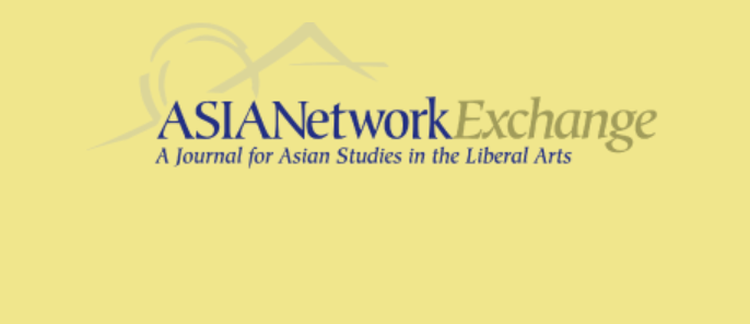Abstract
This essay describes and analyzes the motivations underlying the creation and current organization of a recently constructed goshala (cow home) in the south Indian city of Madurai. Drawing on ethnographic fieldwork carried out in 2012, I highlight the divergent visions of the goshala’s purpose and future that were articulated by the institution’s Hindu and Jain members. Interviews and informal conversations with participants indicate that many individuals conceptualize only one “authentic” tradition of animal homes. However, within Madurai’s goshala and likely many others like it, these stakeholders referred to distinctly different traditions. I argue that Hindu and Jain understandings of ahimsa (nonviolence) and the cow vary significantly, and this strongly affects individual expectations of the mission of animal homes. Utilizing Hobsbawm and Ranger’s framework (1983), I note that the many “invented traditions” of animal homes may be difficult to accommodate within one institution, especially one with a religiously diverse membership. I further suggest that transparent discussions which clearly indicate an animal home’s goals and mission are necessary and that the outcomes of these discussions should be effectively communicated to the wider community supporting the institution.
Keywords
Jainism, Hinduism, Animals, India
How to Cite
1046
Views
599
Downloads
